Optiscan – Intra-oral Digital Microscope Set To Revolutionise Oral Cancer Detection
Pictured: Optiscan Invivage device and handpiece.
Oral cancer is a devastating condition that carries high mortality and morbidity rates when not detected and treated early. Of the 28 specific cancer types reported by the Institute for Health Metrics and Evaluation1 oral cancer ranks in the middle in terms of disability adjusted life years (DALY), years of life lost (YLL) and deaths, with 199,397 deaths reported in 2019.
Many oral cancers are preceded by changes to the oral mucous membrane, appearing as painless white or red areas of the skin, collectively termed oral potentially malignant disorders (OPMDs). The current standard of care for monitoring these lesions is macroscopic visualisation and assessment, with physical biopsies undertaken as required. However, biopsies can only sample parts of lesions and have associated risks, morbidities and costs.
As the global leader in real-time non-destructive digital microscopic imaging for medical applications, Melbourne-based Optiscan Imaging Ltd has developed an intra-oral digital microscope that can distinguish between normal, precancerous and cancerous oral tissue – a promising alternative to current testing methods for oral potentially malignant disorders. InVivage®, built with the company’s unique patented 3D imaging technology, performs a live, non-invasive ‘digital biopsies’ of the oral cavity, which enables clinicians to make immediate informed decisions relating to patient care.
The goal of Optiscan’s BioMedTech Horizons (BMTH) program project was to generate the clinical evidence needed to support the use of the InVivage® device for monitoring oral potentially malignant disorders. If successful, this could enable routine monitoring of early-stage disease and significantly earlier detection of malignant tissue, accompanied by a revolutionary reduction in physical biopsies.
Technology for use in telemedicine & in outpatients
Through the BMTH project, the team also aimed to provide evidence that the technology could be used in telemedicine by remote capture and digital reporting by oral medicine and pathology specialists. Likewise, it set out to determine whether the device could be used in an outpatient setting in oral precancerous mucosal conditions with acceptability from both patients and clinicians.
This project initiated an exciting new collaboration between Optiscan and Melbourne Dental School at the University of Melbourne, supported by Dental Health Services Victoria and clinicians within the Victorian Comprehensive Cancer Centre Alliance (VCCC Alliance).
Despite delays and challenges associated with COVID-19 during the project’s execution, through a clinical study conducted at Melbourne Dental School, the team collected sufficient data to show effective oral mucosal disease imaging. The study outcomes were published in Frontiers in Oncology in July 20232, and the data is being used by Optiscan to pursue US Food and Drug Administration (FDA) clearance for InVivage® through the De Novo pathway.
More than 250 image sets were analysed to test a developed categorical scoring template with two observers, with important image interpretation challenges resolved. It was concluded, in vivo acquired confocal fluorescence microscopy can be used to indicate the presence of oral mucosal dysplasia and/or neoplasia.
Pictured: Close-up of the Optiscan Invivage display.
The ability to rapidly collect hundreds of images demonstrated the clinical potential of non-invasive tissue level assessment at microscopic resolution. This offers the potential to increase the diagnostic precision, allows opportunity for monitoring of the same location within a patient's mouth over time and reduces the number of times that scalpel biopsy is required.
These findings provide a strong foundation for demonstrating the utility of the device in real time in expert hands, as well as tele-reporting following acquisition remotely by a trained imaging technician. The data collected can now be used to seek resources for a population-level study.
Three to five per cent of people who present with OPMD will develop an oral cancer3,4, and in 2019 up to 7 million cases of OPMD presented globally. These cases could have benefited from Optiscan’s non-invasive image-based biopsy. The significant numbers of OPMD assessments that are performed each year will mean the InVivage® by Optiscan will have an important role in supporting clinicians and patients alike worldwide.
Set to disrupt oral cavity screening & screening for other tissues
According to Senior Lecturer at Melbourne Dental School, Dr Tami Yap, this technology stands to disrupt oral cavity screening, with obvious prospects for screening in other tissues.
“We can now take painless, digital biopsies of our patients’mouths,” she said, adding that InVivage® could be a game changer for healthcare systems. Given that oral cancer is the 16th most common cancer globally and imposes significant personal and financial costs across society, InVivage’s ability to provide accurate, immediate feedback to clinicians about the status of oral lesions could save lives and money by enabling early identification of problematic lesions, so they can be treated before they become cancerous.
Applications and Customer Support Manager at Optiscan, Dr Lindsay Bussau, explained that support from the BMTH program was instrumental in advancing the device along the pathway to commercialisation.
“Optiscan Imaging Ltd is proud to partner with MTPConnect on this BioMedTech Horizons project,” he said. “The aims of the study using InVivage® for the monitoring of oral precancerous mucosal conditions were achieved. Specifically, its utility for identification of characteristic features of various OPMD conditions was demonstrated, indicating the potential of the echnology for non-invasive early detection of premalignant and malignant tissue.
“The results of this study will play a key role in the regulatory submission for clearance of InVivage® by the US Food and Drug Administration through the De Novo pathway. It has lso fostered ongoing collaborative translational work with clinicians and researchers at the University of Melbourne Dental School, the Walter and Eliza Hall Institute, and the Peter MacCallum Cancer Centre.
“Publication of this work will further validate the use of the technology in monitoring oral lesions and detection of cancer. Data collected during this project will be used to further enhance the usability of this technology.”
1. IHME Global Burden of Disease 2019.
